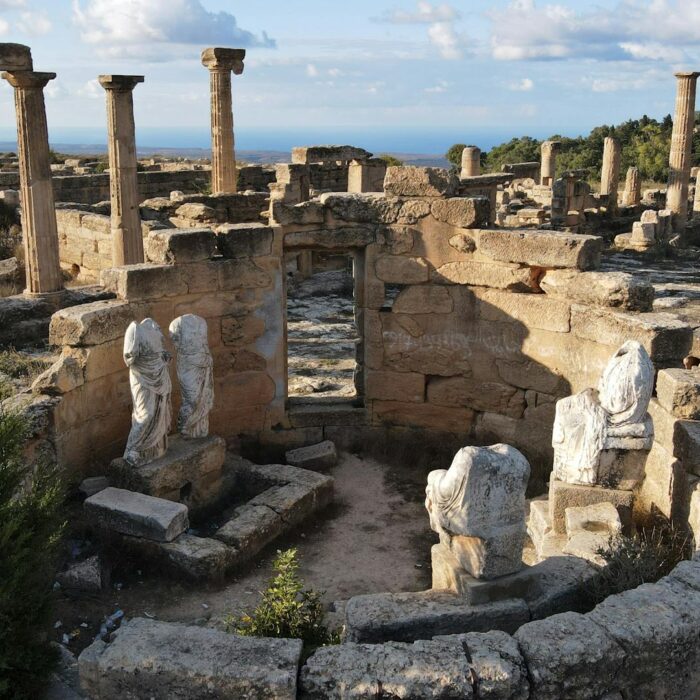Rolls-Royce - a symbol of success
The most expensive and most reliable, the best and most prestigious – epithets of only superlatives degree refer to it – the legendary and fantastically high-status car of the brand Rolls-Royce. It has more than a century of history (although quite complicated), and every motorist dreams of at least just holding the wheel of such a car. In this article, we will tell you why Rolls-Royce is really a unique car brand and a symbol of technical excellence, who owns the company today and why the UK considers this car its national treasure.
Once upon a time, there was a racer and an engineer…
The history (or rather, background) of the brand began at the end of the 19th century, when the automotive industry began to occupy the minds of the most educated individuals. Henry Royce, an engineer at the British arms factory, who bought a French car, also began to think about the production of his own cars, when he had to repair the endlessly broken vehicle himself several times. It should be noted here that Henry Royce had not only no technical education, but no education at all (except for one year of schooling). His knowledge was the result of self-education and tremendous thirst for science, when he, as a nine-year-old boy, had to look for work, first after the ruin, and then the death of his father, miller James Royce. As a teenager, he spent his earnings on technical literature and textbooks on mechanics and electrical engineering, he learned German and French along the way. His knowledge became systematic and found practical application in the factory that produced Maxim machine guns. Finally, Royce, surprisingly persistent, efficient and accurate, took an engineering position and maintained the most complex cranes and hoists. By the beginning of the 20th century, Henry had accumulated a small capital and founded his own firm for the production of electrical appliances. But the need to repair the same French car forced Royce to improve some components along the way. In particular, the motor began to work much quieter after structural changes. As a result, Henry Royce decided to open a car company in Manchester and produce cars with wooden bodies and folding cloth covers. The advertising campaign attracted investors, and a son of Lord, Charles Rolls, was one of the first to respond. He was fond of car racing and sold French cars for a year, although the latter business wasn’t very successful. Rolls had a brilliant education, but lacked an experienced companion-practitioner. Henry Royce became one. He was 14 years older than Rolls, later became a baronet, Officer of the Order of the British Empire. And Charles first studied at Eton College, where he was nicknamed “dirty Rolls” because he was constantly digging with pieces of iron and his hands were stained with oil and rust. Then there was Cambridge, where Charles became the first student to own a car, purchased in France in 1896, the Peugeot Phaeton. By the way, Rolls studied not at the faculty of fine arts, as it was customary for the offspring of noble British families, but in the department of mechanical and applied sciences. In 1900, Charles sat behind the wheel of the Panhard (12 horsepower) and won the prestigious race Thousand Mile Trial in it, becoming overnight the most famous driver of England. Rolls took part in numerous European long-distance races. In addition, the young racer was a member of the Self-Propelled Traffic Association, in the ranks of which he actively advocated for the abolition of speed limits. Rolls was also fond of air transport – he mastered balloons and even founded the Royal Aero Club (in 1903). After graduating from Cambridge, Charles spent a couple of years selling French- and Belgian-made cars, as British ones weren’t yet produced. When Rolls heard about the engineer from Manchester, he invited him to a meeting. But Royce refused, making it clear that he had no time to waste on travel, and if Rolls wanted to, he should’ve come himself. The son of an aristocrat bought a train ticket and went to Manchester. They met, agreed on a partnership, the main condition of which was the sale of cars under the Rolls-Royce brand name. Charles drove back to London in Henry’s car. He returned in the middle of the night, but immediately woke Claude Johnson, his first partner, up, and enthusiastically invited him to drive with the words: “I found the best car mechanic in the world!”. That was in 1904.

The beginning of Rolls-Royce Ltd. Death of Charles Rolls
Henry created the logo of the new company in the likeness of a monogram on the tablecloth of the hotel where he dined. Two interlaced Latin letters R became the logo of the Rolls-Royce brand. It was under this logo on the radiator that at the end of 1904 the first Rolls-Royces (one hundred cars) began to be sold. A year and a half later, in 1906, Rolls-Royce Ltd was legally founded, where Royce became technical director, Rolls – sales and advertising manager, and Claude Johnson served as managing director-administrator. He did it, by the way, no less ably than Henry and Charles. The latter was extremely successful both in racing (he won the Tourist Trophy Race in 1906 with a crazy speed at the time – 39 miles per hour), and in the PR campaigns of cars that Henry invented. So, in 1907, the Silver Ghost broke into the world – a six-cylinder model with a silver body. Its smooth motion was quite amazing – not a drop spilled from a glass of water standing on the hood. Such a technical miracle of miracles, combined with the indomitable charisma and energy of Charles Rolls, immediately became a global sensation and was successfully sold with the slogan “the best car in the world”. The Silver Ghost became a symbol of the English aristocracy. Its design was a frame body assembled with an engine and transmission on top of which various manufacturers could install wooden and metal bodies.
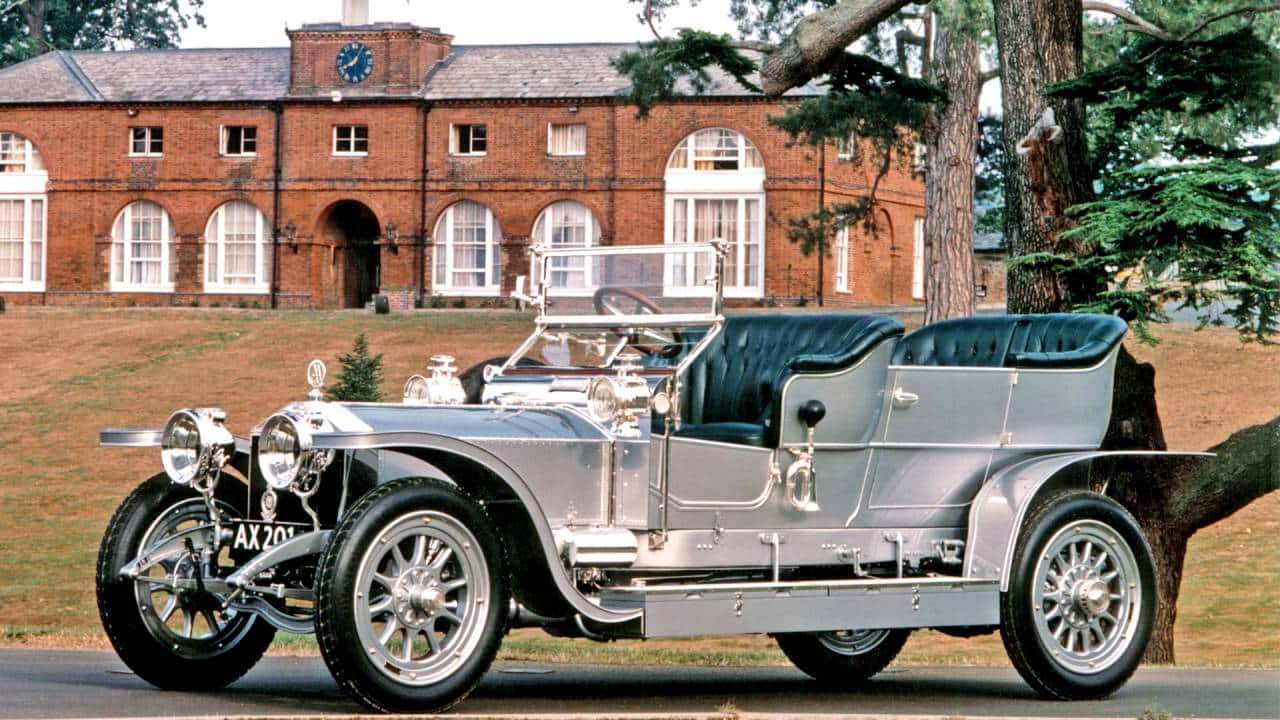 The Rolls-Royce factory made each car to order, trying to give the cars an individual gloss. Special attention was paid to the quality and reliability of the cars. Henry Royce personally monitored that. By the way, Claude Johnson, who was at the same time not only the executive director of the company, but also the secretary of the Royal Automobile Club, decided to check whether the Silver Ghost was endurant. The car passed 15 thousand miles at its full capacity. Sometimes the racer accelerated it to 120 km/h. Endurance tests lasted almost a month and in the results of them only one entry was in the log of breakdowns. The two-pound fuel-system shut-off valve fell off the car because of the vibrations. There were no more claims to the quality of the Silver Ghost. This car was bought by many European royal houses. In 1913, the Silver Ghost was presented at an exhibition in St. Petersburg. Nicholas II purchased several cars for the imperial garage. These cars then served in the Soviet government fleet. Vladimir Lenin also had his own Rolls-Royce.
The Rolls-Royce factory made each car to order, trying to give the cars an individual gloss. Special attention was paid to the quality and reliability of the cars. Henry Royce personally monitored that. By the way, Claude Johnson, who was at the same time not only the executive director of the company, but also the secretary of the Royal Automobile Club, decided to check whether the Silver Ghost was endurant. The car passed 15 thousand miles at its full capacity. Sometimes the racer accelerated it to 120 km/h. Endurance tests lasted almost a month and in the results of them only one entry was in the log of breakdowns. The two-pound fuel-system shut-off valve fell off the car because of the vibrations. There were no more claims to the quality of the Silver Ghost. This car was bought by many European royal houses. In 1913, the Silver Ghost was presented at an exhibition in St. Petersburg. Nicholas II purchased several cars for the imperial garage. These cars then served in the Soviet government fleet. Vladimir Lenin also had his own Rolls-Royce.
Alas, in 1909, Charles Rolls bought a biplane, and left his job at Rolls-Royce, being registered as a “non-executive director” of the company. He managed to fly to France and back, but died while flying at an air show in Bournemouth. It happened on July 12, 1910. Charles was only 32 years old. He was the first British died in a plane crash. For almost fifty-year-old Henry, the loss of a business partner and close friend was the cause of a chronic illness. He fell ill, and only an operation made in early 1912 gradually set him on his legs, allowing to continue running the business of Rolls-Royce. In memory of the friend and his passion for airplanes, Henry Royce founded an aviation unit of the firm, which later became independent. By that time, the company fulfilled orders for the production of military products and produced engines and aircraft – the First World War was approaching. The company’s industrial workshops expanded; armored vehicles, trucks, and tank engines were also produced. Rolls-Royce came out of the war with a profit and continued aviation development.
The Spirit of Ecstasy
In 1911, the company Rolls-Royce got one more symbol – the Spirit of Ecstasy, installed on the cars of the company. Few people know that originally this statuette was made by order of one of the Silver Ghost’s owners. It is a symbolic representation of the goddess Nike. By order of Baron Montagu, his friend, sculptor Charles Robinson Sykes, made a statuette named the Silver Ghost. The first statuette was intriguingly called the Whisper.
The baron was famous, handsome and wealthy. He was an automotive enthusiast and a close friend of the founders of Rolls-Royce. Baron Montagu had a favorite car and a beloved woman. So he came up with the idea to place on the hood of his Rolls-Royce female figure, the model for which he chose a beautiful woman, his secretary and mistress – Eleanor Velasco Thornton. And now a car appeared on the streets of London with a beautiful statuette in the form of a half-naked woman with her arms outstretched behind in a robe fluttering from the wind. Many didn’t appreciate the act and considered it a frivolous whim of the baron.
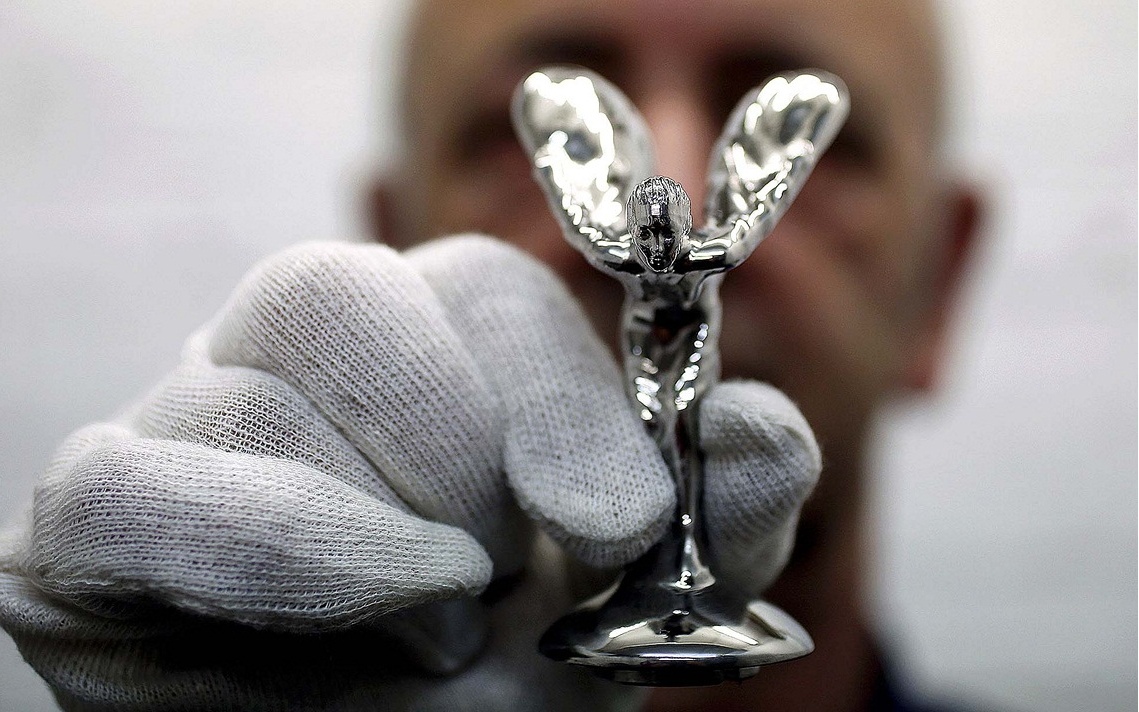
John Montagu was a representative of the high society of England. He drove King Edward in his Rolls-Royce, and it was his car with a double “R” that first in the history of the brand drove into the gates of the English Parliament.
Later, the sculpture so pleased the creators of Rolls-Royce that they asked permission from the baron to use the mascot to decorate all cars produced by the company. During its hundred-year history, the statuette has acquired many different names. Among them – the Spirit of Ecstasy, Silver Lady, Emily, Flying Lady and even one funny nickname, Ellie in her Nightie. The mascot had eleven variations. At different times, they varied in size and had different names.
Each figure of the Spirit of Ecstasy, a symbol of luxury and elegance, was made by hand. Casting was made in accordance with the millennial “principle of the lost form”. According to this technology, officially called “lost-wax casting”, you should destroy the mold to get the workpiece. This explains why no figure is an exact copy of another. Until 1951, the bottom of each of the unique copies was adorned with the monogram of Charles Sykes. The first figurines, personally signed by Sykes, today also belong to the prestigious collectibles. The first figurines were made of babbitt, later – of bronze and chrome stainless steel, but on special orders, figurines of silver, gold and even red hot glass with lighting were made. All figures were polished by hand with ground sweet cherry stones.
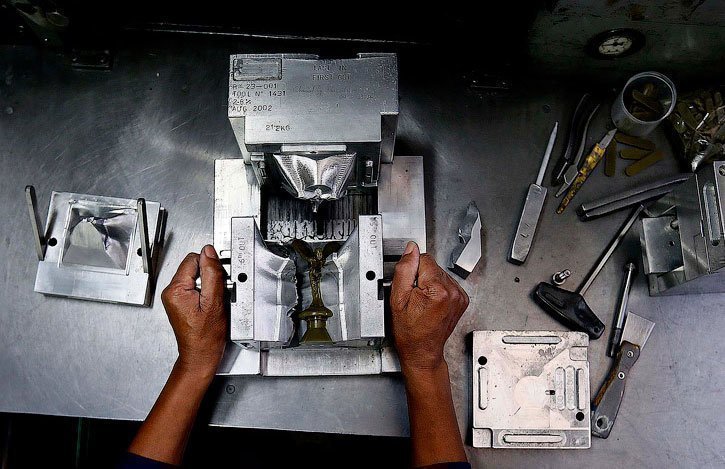
The creation of this statuette coped with the task to reflect the spirit of “Rolls-Royce”: “speed combined with silence, lack of vibration, mysterious power and a beautiful living creature with perfect grace”.
On the cars of a modern design, the anti-vandal mechanism is provided. If someone tries to steal the figurine and break it off, the car will recognize what is happening and immediately pull the statue into the hood.
Rolls-Royce in the post-war period
The mid-1920s was the period of another technological breakthrough for Rolls-Royce. The fundamentally new R-R Kestrel power unit with a capacity of 700 horsepower was developed. This engine served not only in military aviation. Thanks to it, civilian aircraft also started to fly. Many countries produced it under license.

For these aircraft developments and for the great contribution to the victory in the First World War, in 1930, King George V gave Henry Royce the title of baronet. The miller’s son became an aristocrat. His firm flourished even during the Great Depression – when the rival firm Bentley was absorbed. Henry Royce’s most famous aircraft engine was the twelve-cylinder R-R Merlin with more than 2,000 hp. These engines were installed on a huge number of allied aircraft in the Second World War. In total, more than 150 thousand R-R Merlin engines were produced in 55 modifications. Henry, however, didn’t know of this success. His life ended in 1933, in the midst of work on the R-R Merlin engine.

Nevertheless, the colossal groundwork remained. After the tragedy of the loss of the great designer and founder of the firm, the company logo began to be depicted on a black background. And the company’s business didn’t stop. The era of jet engines, in which Rolls-Royce took the lead, was ahead. By the middle of the 20th century, Rolls-Royce formed the image of a premium British car, which was preferred by businessmen, celebrities and even representatives of the monarchy. So, the royal family moved by the Phantom models of the fourth and fifth generation, and that became an excellent advertisement and led to a sharp increase in sales. Since 1949, classic luxury cars received nostalgia-inspired names: the Silver Wraith, the Silver Dawn, the Silver Cloud, in 1965 replaced by the Silver Shadow. The Phantom V and VI series was produced on the same chassis as the Silver Cloud.
Miscalculation of business strategy and bankruptcy
In the 1960s, the oil crisis began, the consequences of which weren’t taken into account by the company’s management. Sales of cars fell sharply, and the development of the jet engine and new models of cars were so far inconclusive. Numerous bank loans were taken out for large-scale projects. The brand went bankrupt. In February 1971, the company was officially declared insolvent. However, the British public could not allow the closure of Rolls-Royce – the brand was a symbol of the country and a national treasure. Finally, taxpayers paid $250 million to repay the firm’s loans. As a result, Rolls-Royce bought out the concern Vickers, which then was doing well. But the concern couldn’t afford huge investments in production.
From that moment, the bidding for the company began. Bidders for the purchase were BMW, Volkswagen and Daimler-Benz. Bidding was incredibly intense, and the deal was canceled several times: first, Daimler-Benz, which decided to develop its own brand Maybach, came out of the running. Then BMW and Volkswagen several times increased the amount of the transaction to outbid the price of a competitor. After several months of negotiations, a compromise was reached: BMW bought directly the Rolls-Royce brand, and Volkswagen received the rights to the Bentley company.
The brand today
Nowadays, the corporation is one of the largest industrial empires in the world. The modern Rolls-Royce is one of the most expensive cars in the world, which is bought not so much because of reliability as to demonstrate the status and social position. Nevertheless, with the efforts of BMW, the brand overcame the crisis and became profitable again. Every year, the company sells several thousand cars. And the first Rolls-Royce, assembled in Manchester in November 1904, is now privately owned by the Love family. Rolls-Royce itself, for which it was not only a matter of prestige but also of honor to obtain the earliest surviving car, was never able to take possession of this legendary car. We can only fantasize about the amount of the proposed deal, but the historic Rolls-Royce is still there.
Since 2007, the company produces more than a thousand cars per year (in 2011, 3538 copies were produced).
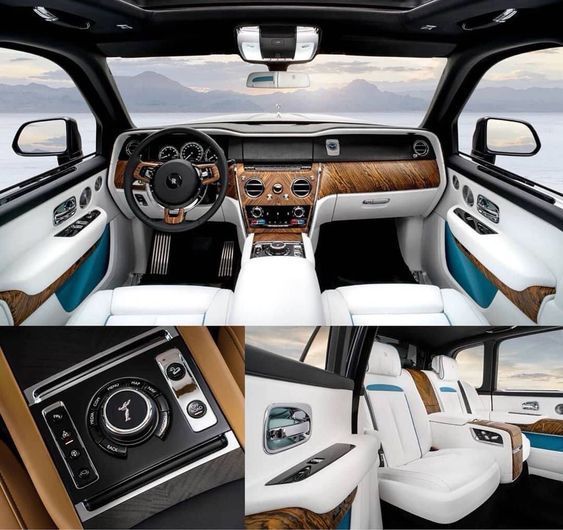
Rolls-Royce cars, a symbol of nobility and greatness, today require from the driver not only a high level of financial solvency, but also a driver’s license (better – an international one). Don’t you have it yet? We invite you to quickly and easily process an international driver’s license on our website. It won’t take you a lot of time and effort, especially since this document is useful while driving not only luxury cars.



